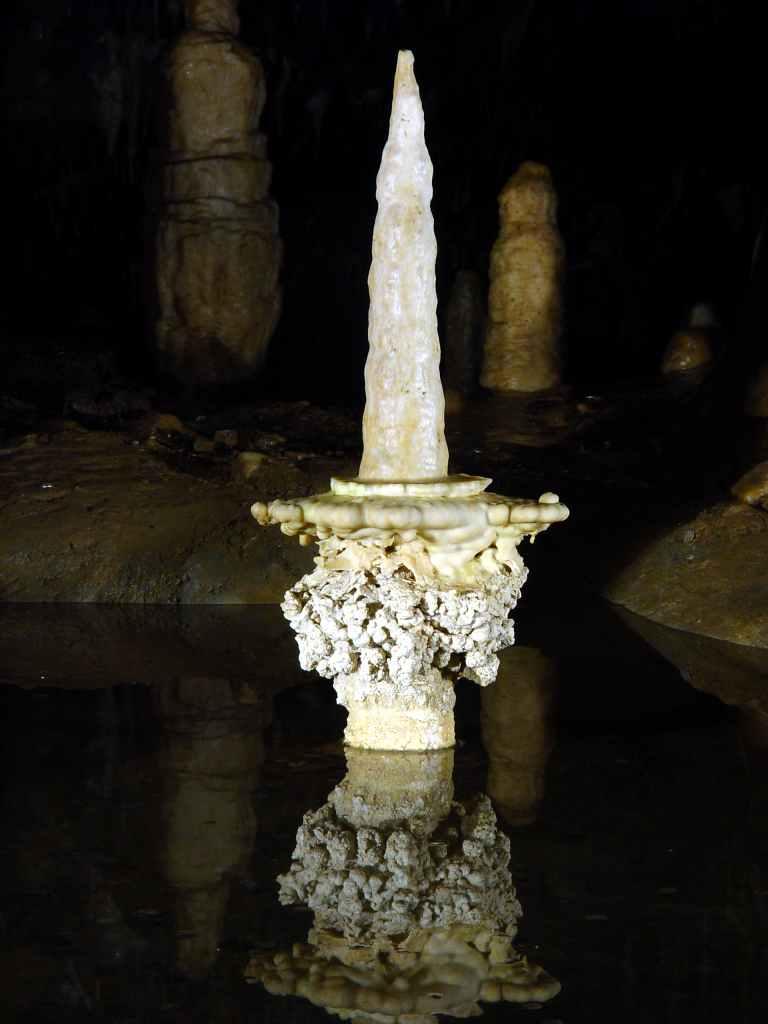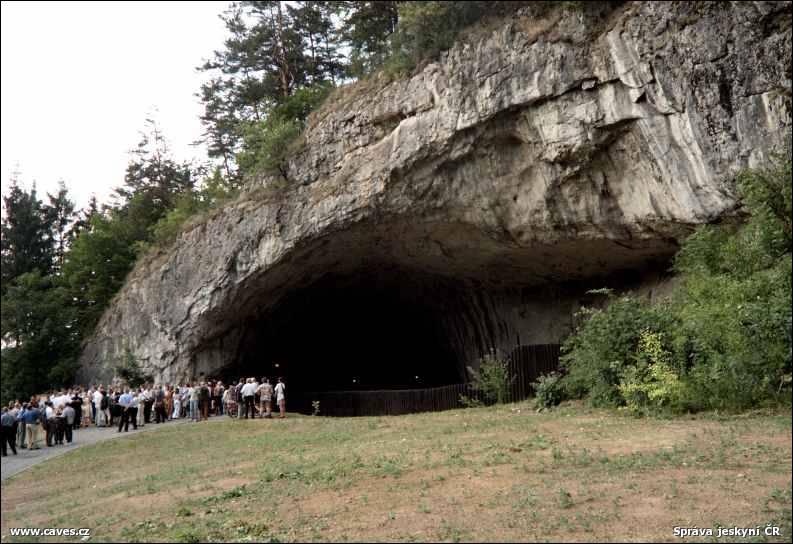Sloup–šošůvka Caves - characteristics

MORAVIAN KARST
It is the largest and most important karst region in the Czech Republic. It is situated north of Brno as a part of the Drahanská Highlands with an area of 94 km2 of Devonian limestones (width 3–5 km, length 25 km). Due to its hydrographic conditions, it is divided into the northern segment – the Punkva River System, the middle segment – the Křtinský and Jedovnický Brook System and the southern segment – the Říčka River System.
SLOUP-ŠOŠŮVKA CAVES
-
They are situated in the northern part of the Moravian Karst near the town of Sloup in the Sloup-Šošůvka Caves natural reservation area.
-
They comprise a ponor cave system with two levels formed by erosion of the Sloupský Brook; part of the longest cave system in the Czech Republic – Amateur’s Cave.
-
The Sloup part called “Old Rocks" and the Moonmilk Cave have been known since time immemorial, the Elizabeth Cave was discovered in 1879, the Šošůvka part in 1889–1914.
-

The total length of all known passages – 4,200 meters, with a denivelation of 94 meters.
-
They have been open to the public since 1881, current length of tourist route – 1,670 meters.
-
Tour duration: 1 hour – short tour, 2 hours – long tour.
-
Air temperature: 7–8 °C (46 °F), relative air humidity: ca. 99 %.
-
It´s a paleontological and archaeological site of world importance.
Evolution of the Caves
DEVELOPMENT OF THE SLOUP-ŠOŠŮVKA CAVES
In total, there are more than 1,100 caves and abysses in the Moravian Karst. They were formed by gradual erosion and corrosion activities of surface and atmospheric waters in limestones. The Sloup-Šošůvka Caves represent one of the most important ponor parts of the Punkva River hydrographic system. Together with other ponor caves in the area of Holštejn, the outlet Punkva Caves and the most extensive flow-through part – the Amatérská Cave – the underground system of the Punkva River with its length of over 30 km is the longest one in the Czech Republic. There were several development phases of the Sloup-Šošůvka Caves. At the beginning, the Sloupský Brook sunk in ponors no longer existing today and created the flow-through system drained towards the Pustý žleb Valley. Only relicts in the form of the Kůlna Cave or the Hřebenáč Rock remain from that system. In the next development phase, the upper levels of the Sloup-Šošůvka Caves were formed.

Today, the Sloupský Brook sunk near the Hřebenáč Rock through the system of many ponors to a depth of over 80 metres, where it flows through the youngest part of the cave's lower levels. The water of the Sloupský Brook passes through what are so far totally unexplored flooded corridors to the Sloup part of the Amatérská Cave. After several kilometres, at the underground confluence with the Bílá voda Creek they form the Punkva River. Due to the ruggedness and substantial size of the two-level system of the Sloup-Šošůvka Caves, mighty abysses – the Stupňovitá, Kolmá, Nagel's and Černá chasms – were formed by cave break-downs between individual levels.